E-commerce Expansion
The luxury fashion market is witnessing a significant shift towards e-commerce platforms, which are becoming increasingly vital for sales growth. In 2025, online sales in the luxury segment are expected to account for over 30% of total luxury fashion sales in North America. This transition is driven by changing consumer preferences, as shoppers seek convenience and a wider selection of products. The rise of digital marketplaces and luxury brand websites facilitates access to exclusive collections, enhancing the shopping experience. Additionally, the integration of advanced technologies, such as augmented reality and virtual fitting rooms, is likely to further enhance online shopping engagement. As a result, the luxury fashion market is adapting to this digital landscape, which may lead to increased competition and innovation among brands striving to capture the attention of online consumers.
Rising Disposable Income
The luxury fashion market in North America is experiencing a notable increase in disposable income among consumers. As economic conditions improve, individuals are more willing to allocate a portion of their income towards luxury goods. In 2025, the average disposable income in the region is projected to rise by approximately 5%, which could lead to a corresponding increase in spending on high-end fashion items. This trend suggests that affluent consumers are prioritizing luxury purchases, thereby driving growth in the luxury fashion market. Furthermore, the increasing number of high-net-worth individuals in North America, estimated to reach 6 million by 2025, further supports this upward trajectory. As wealth distribution becomes more favorable, the luxury fashion market is likely to benefit from a broader consumer base willing to invest in premium products.
Influence of Social Media
Social media platforms are playing a pivotal role in shaping consumer behavior within the luxury fashion market. In 2025, it is estimated that over 70% of luxury consumers in North America engage with brands through social media channels. This engagement not only fosters brand loyalty but also drives purchasing decisions, as influencers and brand ambassadors showcase luxury products to their followers. The visual nature of platforms like Instagram and TikTok allows brands to create compelling narratives around their products, enhancing desirability. Furthermore, the luxury fashion market is increasingly leveraging user-generated content to build authentic connections with consumers. This trend indicates that brands must invest in social media strategies to remain relevant and competitive, as the influence of digital platforms continues to grow in shaping consumer preferences and driving sales.
Sustainability Initiatives
Sustainability has emerged as a critical driver within the luxury fashion market, as consumers become more environmentally conscious. In 2025, approximately 60% of luxury consumers in North America are expected to prioritize sustainable practices when making purchasing decisions. This shift is prompting brands to adopt eco-friendly materials and ethical production processes, which may enhance their appeal to a growing segment of conscious consumers. The luxury fashion market is responding by implementing sustainability initiatives, such as transparent supply chains and circular fashion models. Brands that successfully communicate their commitment to sustainability are likely to gain a competitive edge, as consumers increasingly seek to align their purchases with their values. This trend suggests that sustainability will not only influence consumer choices but also shape the strategic direction of luxury fashion brands in the coming years.
Cultural Shifts and Diversity
Cultural shifts and an increasing emphasis on diversity are significantly impacting the luxury fashion market. In 2025, brands are expected to prioritize inclusivity in their marketing strategies, reflecting the diverse demographics of North America. This trend is likely to resonate with consumers who seek representation and authenticity in the brands they support. As a result, luxury fashion companies are expanding their product offerings to cater to a wider range of body types, skin tones, and cultural backgrounds. This approach not only enhances brand loyalty but also opens new market segments. The luxury fashion market is thus evolving to embrace diversity, which may lead to innovative designs and collaborations that reflect the rich tapestry of consumer identities. This cultural responsiveness could be a key differentiator for brands aiming to thrive in an increasingly competitive landscape.


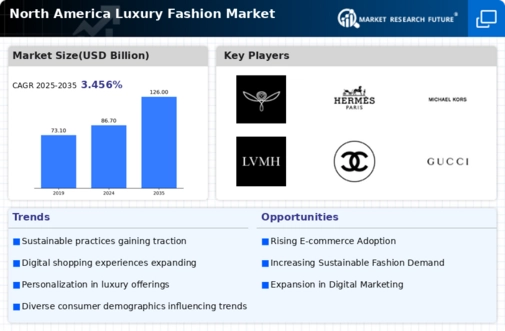
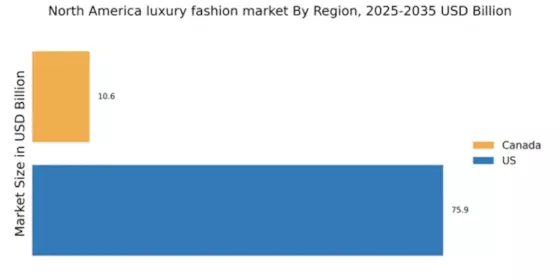
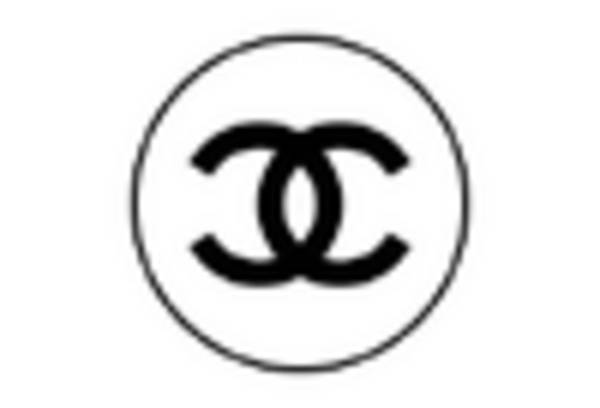
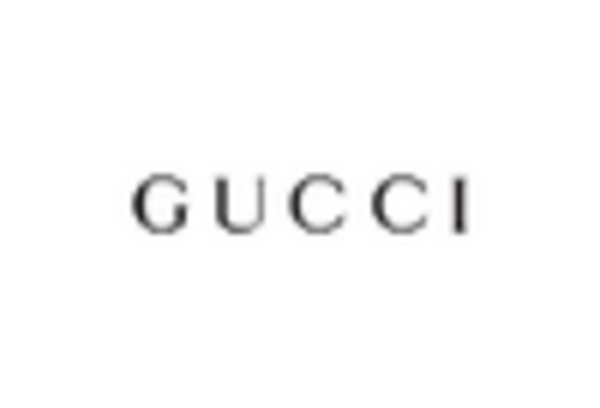
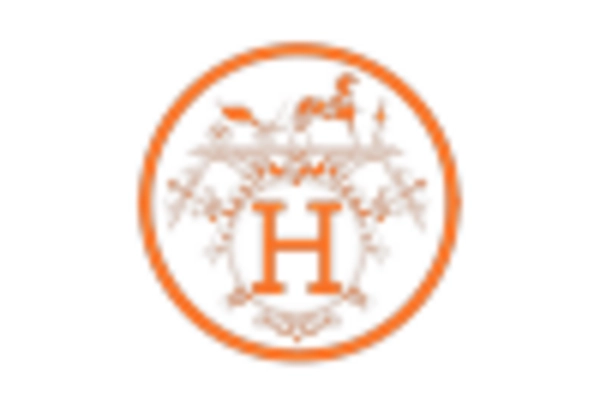
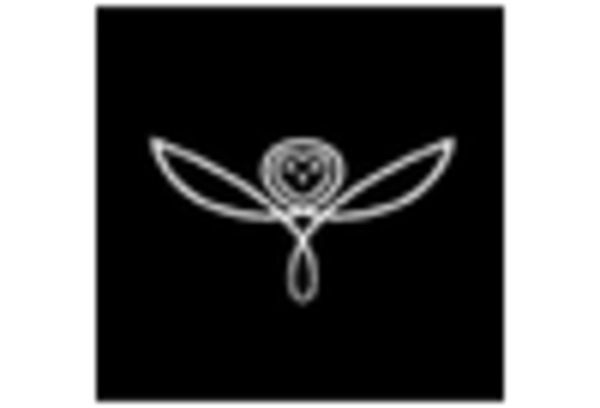
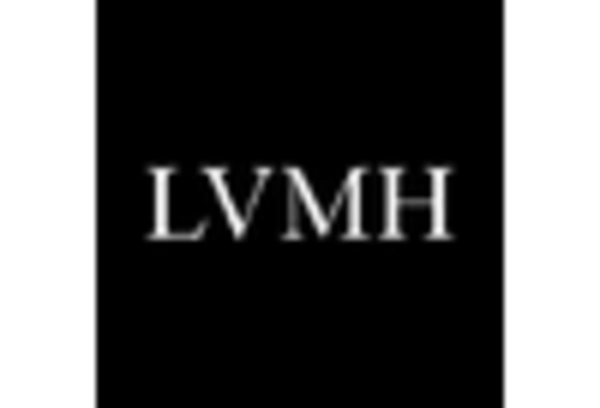
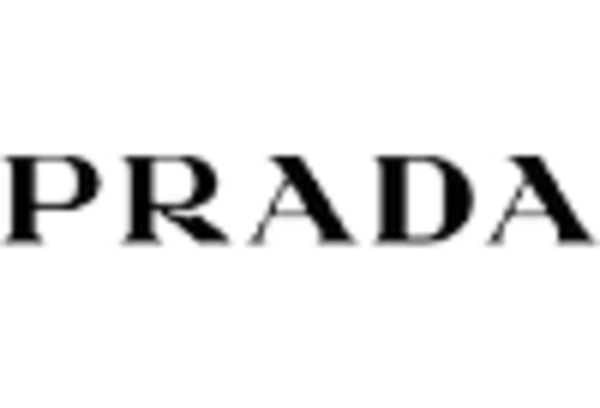








Leave a Comment